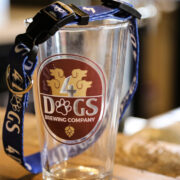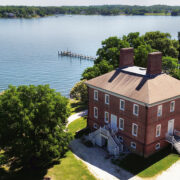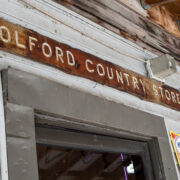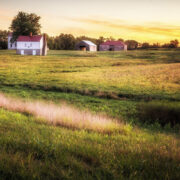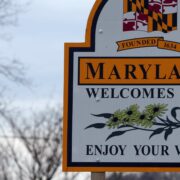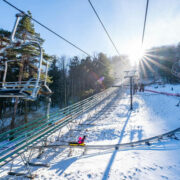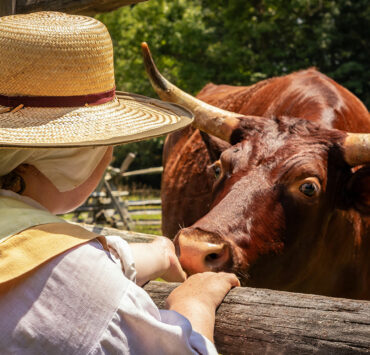Bringing the Civil War to Life: A Family Road Trip From Baltimore to Gettysburg

Like so many of my fellow Americans, I find myself returning time and again to the Civil War period as a gripping era in our history. I’m most interested in the human element on the homefront—understanding how the war affected not only those on the battlefield but the Americans left running farms, businesses, and households. These stories from the homefront are particularly fascinating in the border state of Maryland, where families were literally divided on both sides of the conflict.
There’s no shortage of opportunities for exploring Civil War history in Maryland. From the April 1861 Pratt Street Riot of Baltimore to the hallowed ground of Antietam National Battlefield—the site of the bloodiest day in American history (September 17, 1862) as well as the impetus for the Emancipation Proclamation—to the Charles County farms where Lincoln’s assassin John Wilkes Booth fled in April 1865 and the Eastern Shore’s Harriet Tubman Underground Railroad Byway, just about every town has a Civil War story to tell.
I designed a family road trip between Baltimore and Gettysburg, the site of the July 1863 battle remembered as the “High Water Mark of the Rebellion” and a turning point in the war, focusing on the homefront experience.
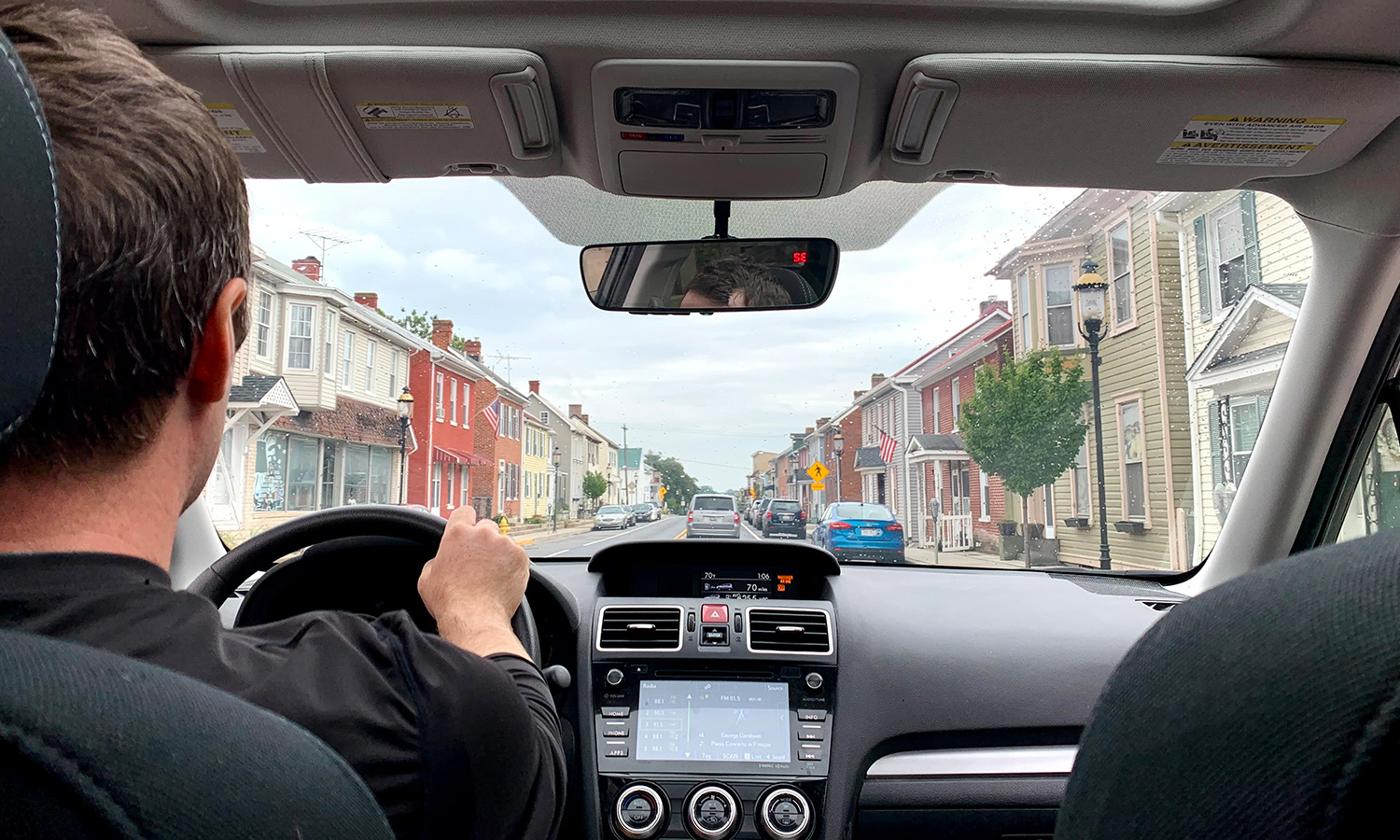
The scenic route between Baltimore and Gettysburg takes about an hour and a half each way. While my family made the trip in a day, it could make a wonderful weekend getaway.
Union Mills Homestead: Smell, Taste, and Touch History
I can think of no better place in Maryland than Union Mills Homestead to understand the complicated divisions that the Civil War wrought on families. Located seven miles north of downtown Westminster and just under an hour from Baltimore, Union Mills was home to six generations of the Shriver family. Brothers Andrew and David Shriver, Jr. founded Union Mills in 1797.
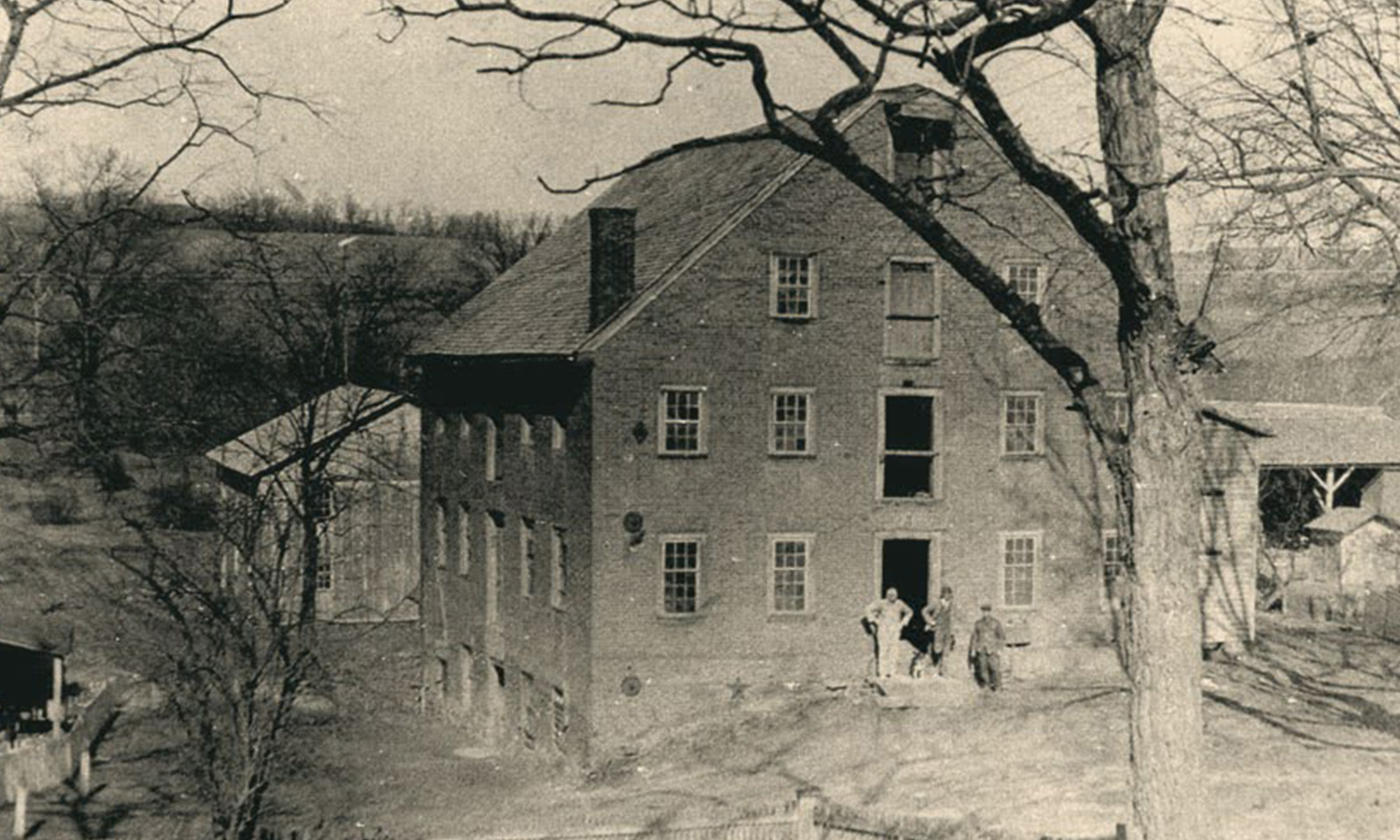
Union Mills is steeped in Civil War history. The brothers who ran Union Mills represented the ironies and intricacies of the conflict. Andrew K. Shriver was a slave owner who sided with the Union. William Shriver supported the Confederacy but did not own any enslaved laborers. The site’s proximity to Gettysburg—just 17 miles south—made it an ideal resting place for both armies en route to the battle. Confederate cavalrymen under Major General J.E.B. Stuart camped at Union Mills on June 29, 1863, two days before the engagement. Hours after their departure, the Union Army’s Fifth Corps stayed at the site with Brigadier General James Barnes making his headquarters inside the homestead.
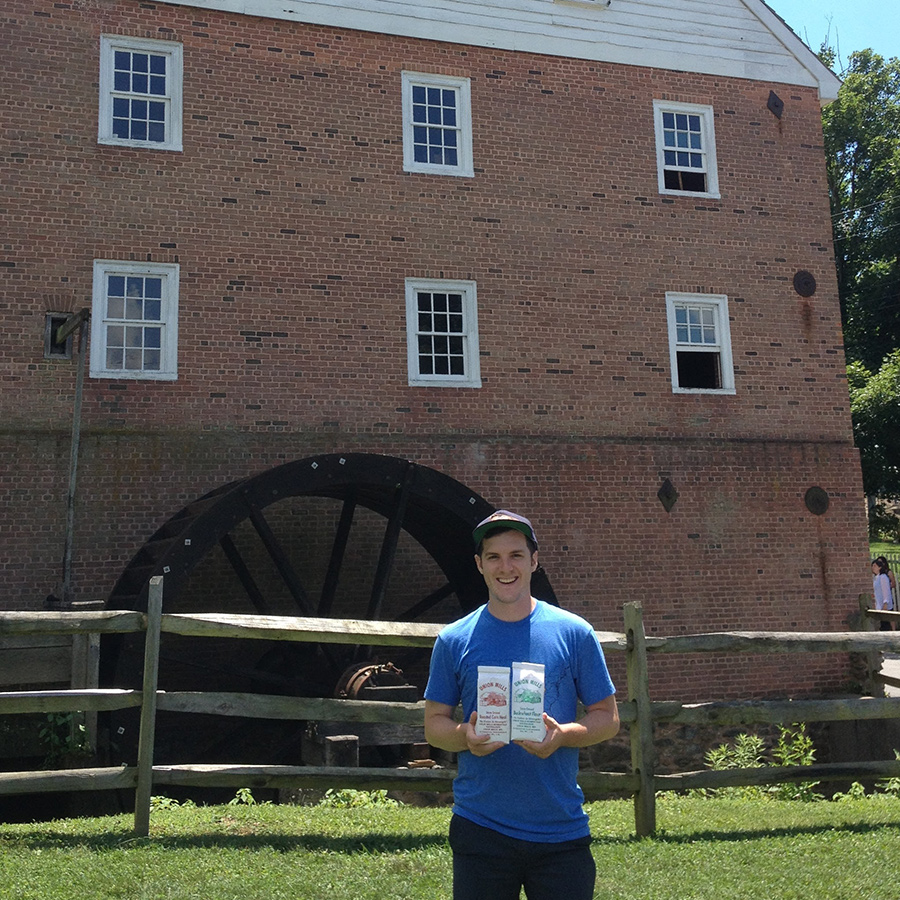
Today, the campus tells the story of rural life in Maryland through tours and signage in the historic house, blacksmith shop, tannery, miller’s house, and gardens. The heart of the site is the grist mill, where visitors can witness a miller using this 18th-century tool—and sometimes sample baked goods made with grains ground here. If reading about history doesn’t inspire you, smelling and tasting it just might.
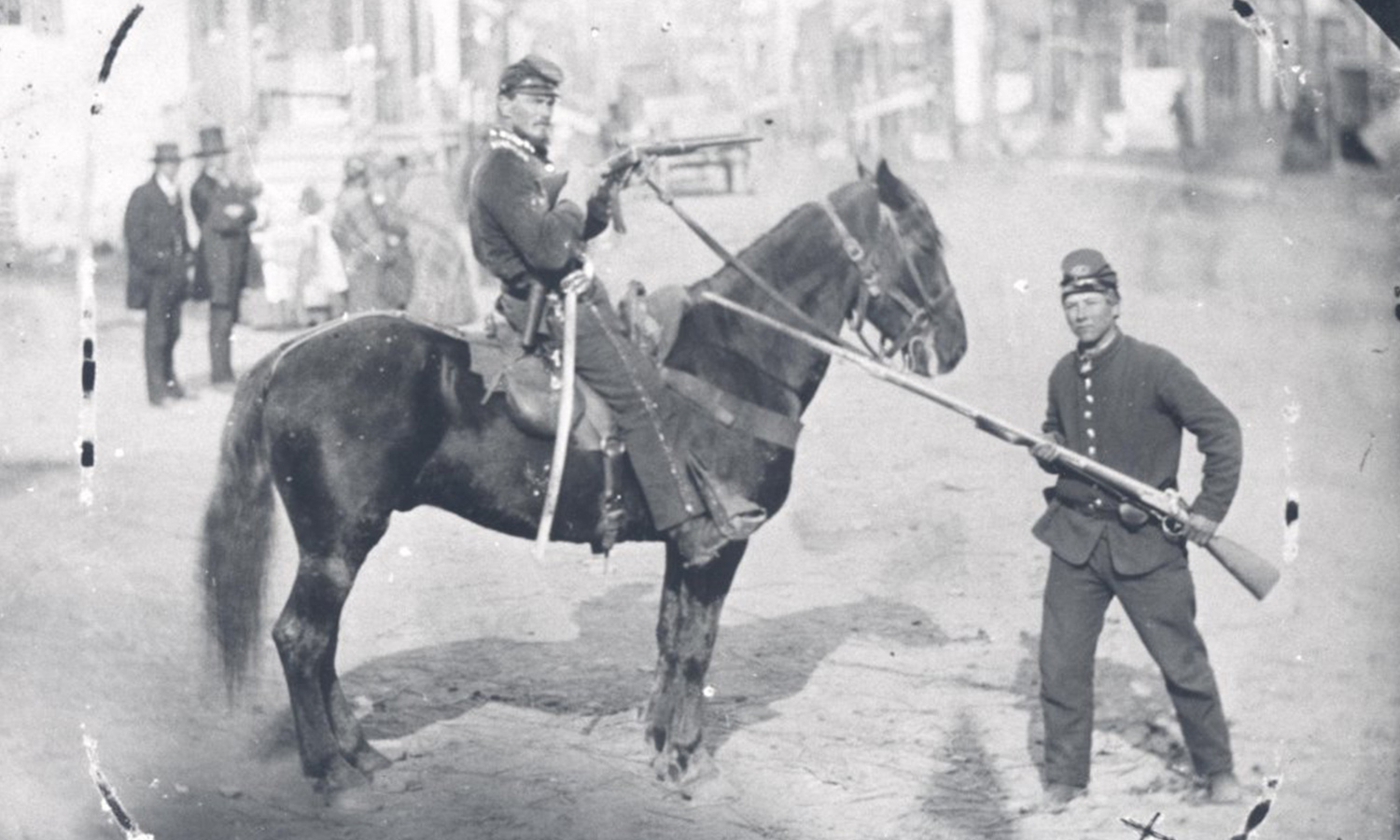
Carroll County has many destinations with rural flavor. The Carroll County Farm Museum is well worth a visit, as is the popular Baugher’s Orchards and Farms celebrating its 100th anniversary. I’m also partial to JeannieBird Baking Company in Westminster, near the site of Corbit’s Charge—a cavalry skirmish that took place two days before the Battle of Gettysburg.
Seton Shrine: Honoring the Sisters’ Service
About 30 minutes northwest of Union Mills, along back roads with views of rolling farmland, is the National Shrine of Saint Elizabeth Ann Seton in the Frederick County town of Emmitsburg. Mother Seton, as she’s known, moved here in the early 1800s as a young widow. She founded the Sisters of Charity of St. Joseph’s, the first community for religious women in the U.S., and St. Joseph’s Academy and Free School—the first free Catholic school for girls in the country. She died in 1821, was named a saint in 1975, and lies entombed at this site today.
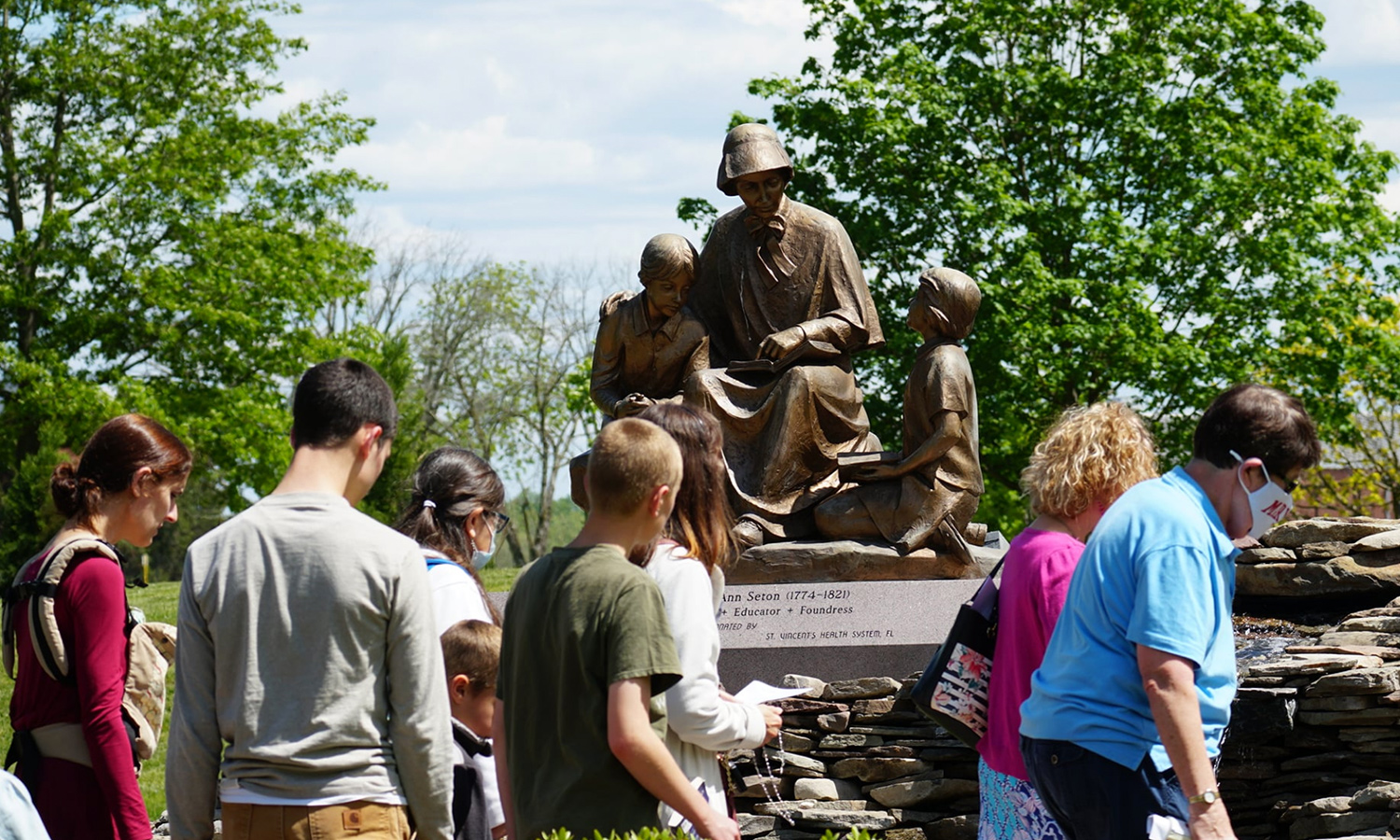
In addition to its religious significance, the Seton Shrine site has a Civil War story to tell. The Sisters witnessed about 30,000 troops march through on their way to Gettysburg. Cannon fire from the three-day battle shook their walls. The Sisters were among the first nurses to arrive at the scene, where 33,000 lay wounded, and 7,000 were dead. They offered triage and long-term care to both Union and Confederate soldiers. A permanent exhibition at the Seton Shrine recounts their service. Tours of the historic homes and themed Civil War Sisters and living history tours are offered regularly and by appointment.
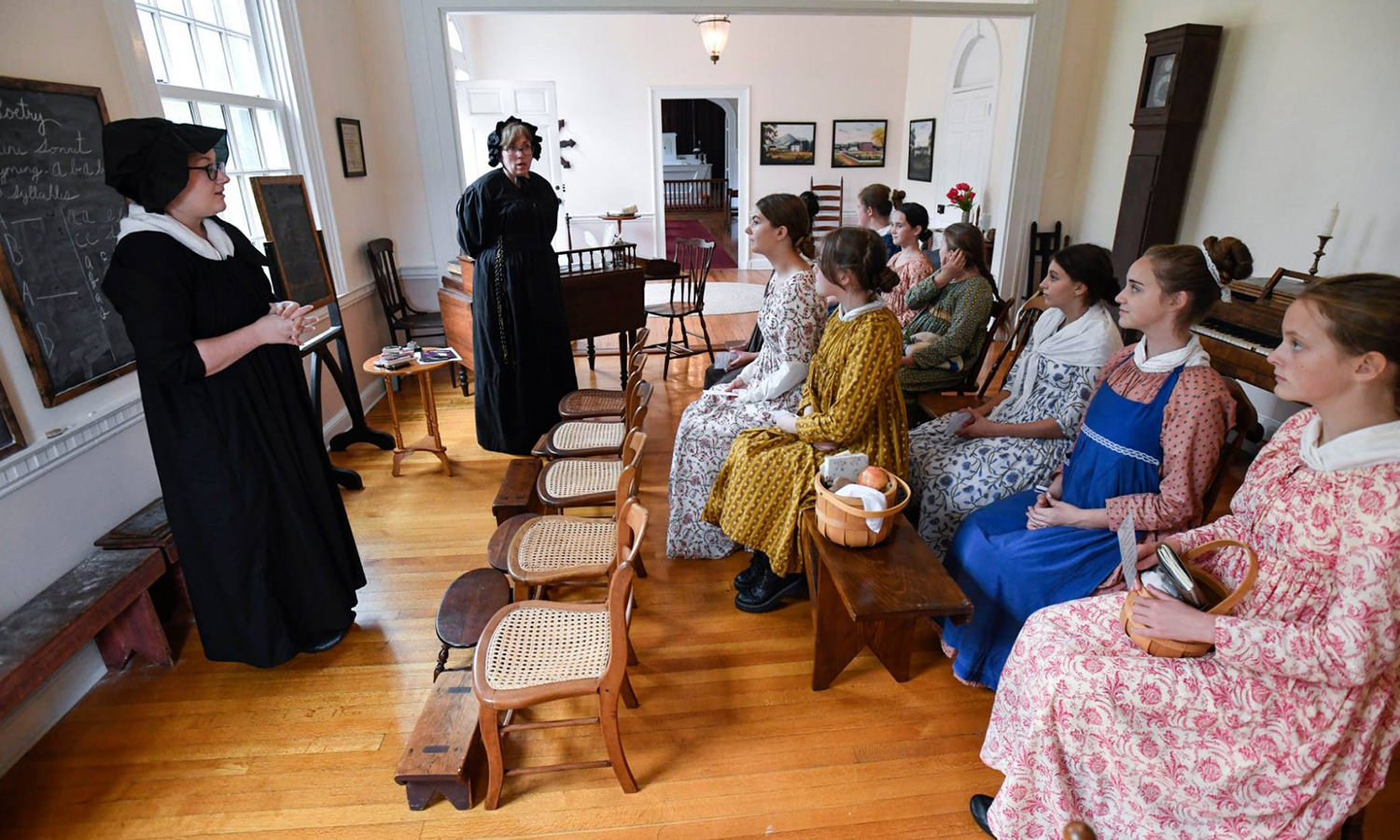
The campus of the school that Mother Seton founded—later known as Saint Joseph College—now serves as home to the National Emergency Training Center, the National Fire Academy, and the National Fallen Firefighters Memorial. The grounds include a 1750 stone house, Mother Seton’s 1810 home, St. Joseph’s Cemetery, the basilica, museum, and gift shop. The entire campus is ADA accessible, with a large free parking lot. Grab a bite to eat at the Carriage House Inn and explore local firefighting history at the Frederick County Fire & Rescue Museum.
Gettysburg: Immersive Experiences for All
Gettysburg National Military Park is a must-see for anyone interested in Civil War history. It’s known as the bloodiest conflict in the Civil War, with approximately 50,000 casualties wrought over three days. The Union victory is also widely regarded as a turning point in the war. (Check out this handy summary from the American Battlefield Trust for more on the context and details.)
Today, Gettysburg is also remembered for the speech President Lincoln gave at the dedication of the National Cemetery in November 1863: his famous Gettysburg Address, in which he invoked a “new birth of freedom” for Americans.
The Gettysburg Foundation is an independent nonprofit organization that partners with the National Park Service to preserve, protect, and educate the public about Gettysburg National Military Park and the Eisenhower National Historic Site.
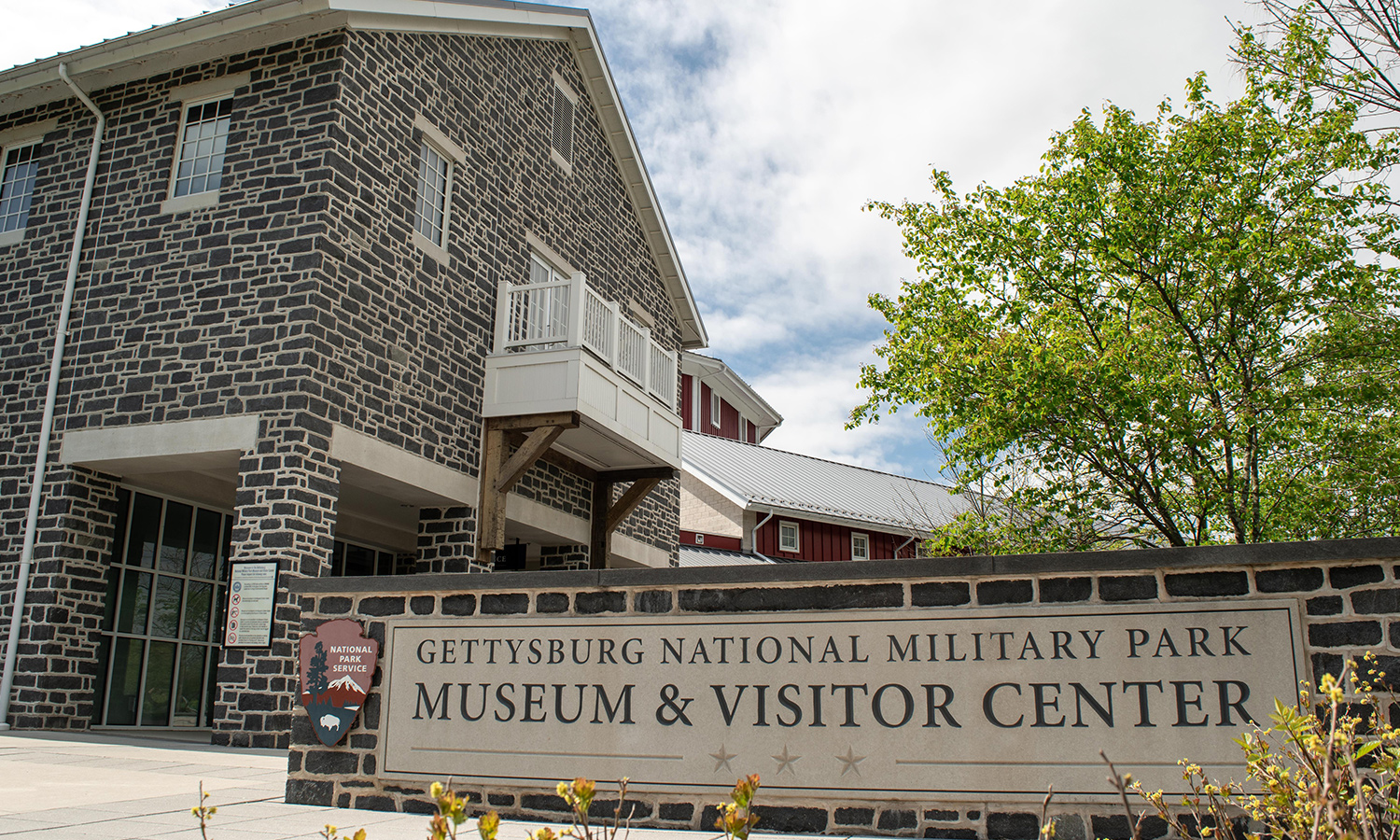
The centerpiece of the Gettysburg Museum & Visitor Center, which opened in 2008, is the Gettysburg Museum of the American Civil War. These exhibits cover the entire Civil War—a massive undertaking considering both the geographic and chronological scope—but focus on military history and, naturally, devote a great deal to the Battle of Gettysburg. An hour seems like a reasonable amount of time to take in the museum, but even then it would be hard to read every word, watch every video, and explore every activity.

What speaks to me about the Civil War era is that we can so easily visualize it because it was captured through photography. You can literally see the faces of the soldiers and the cartes de visite they carried of their loved ones as they went off to battle. I found the scale of these portraits—at life-size or even much larger—to be quite arresting and effective in showcasing the human element of war.
The two other key elements of the Museum & Visitor Center are the film, A New Birth of Freedom, and the famous Gettysburg Cyclorama. Budget at least 30 minutes for these stops. The 22-minute film narrated by Morgan Freeman and produced by History.com brings the battle to life through photographs, illustrations, news articles, and narration from the time period as well as reenactments of the battle. It doesn’t shy away from the ugly truths of the Civil War, such as the reliance of both the Northern and Southern economies on slavery as well as the grisly toll that the war took on human life. I found it to be very compelling but would not recommend it for young children.
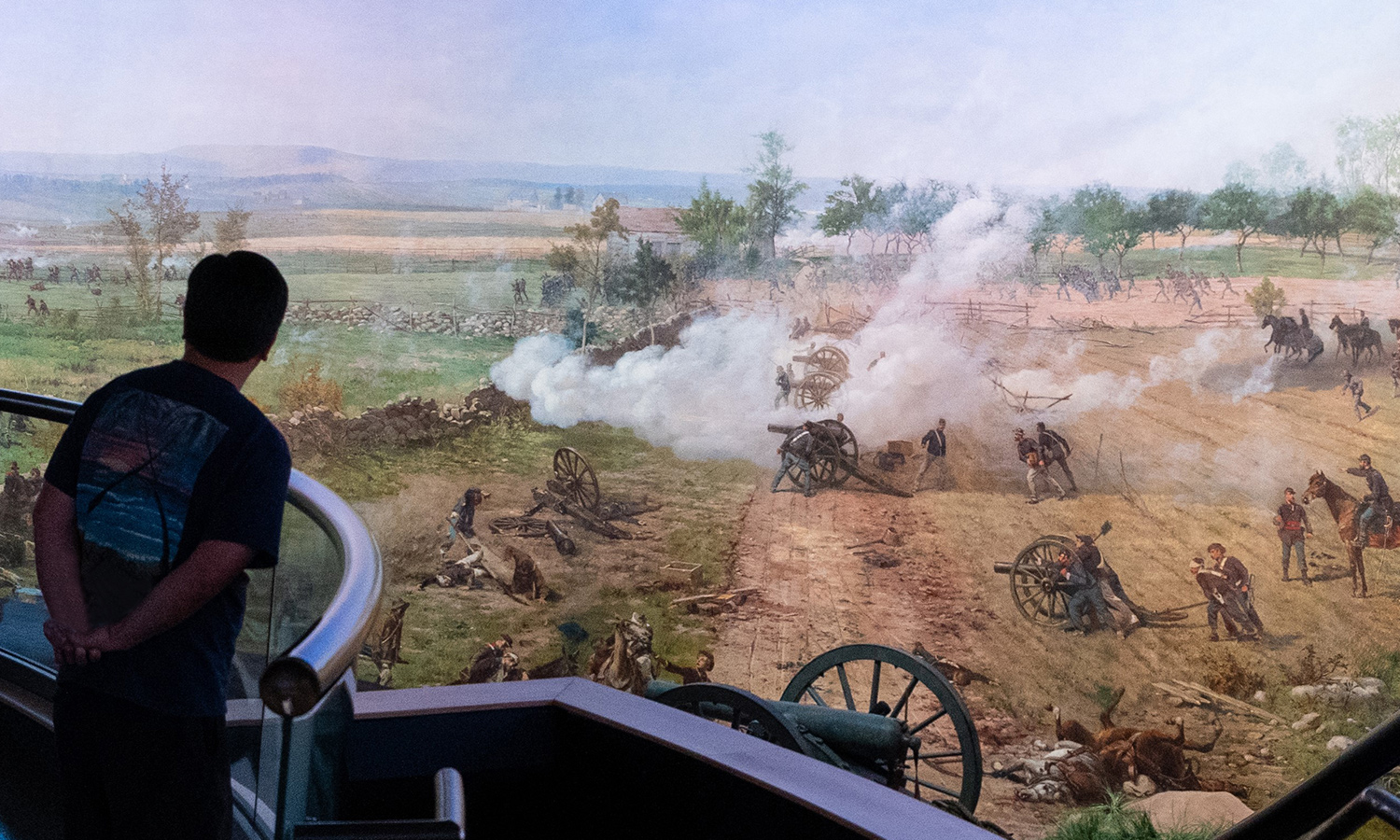
The Gettysburg Cyclorama is like a 19th-century IMAX experience: a massive 360-degree painting of Pickett’s Charge during the decisive third day of fighting in the Battle of Gettysburg accompanied by narration and theatrical lighting. If you prefer to listen and interpret the story on your own rather than see photographs flash before you, then this is for you.
If you are traveling with kids, make time for the Gettysburg Foundation’s Children of Gettysburg 1863 experience which opened in early September. Located at 451 Baltimore Street in downtown Gettysburg, this interactive experience is specifically designed for the elementary age group.
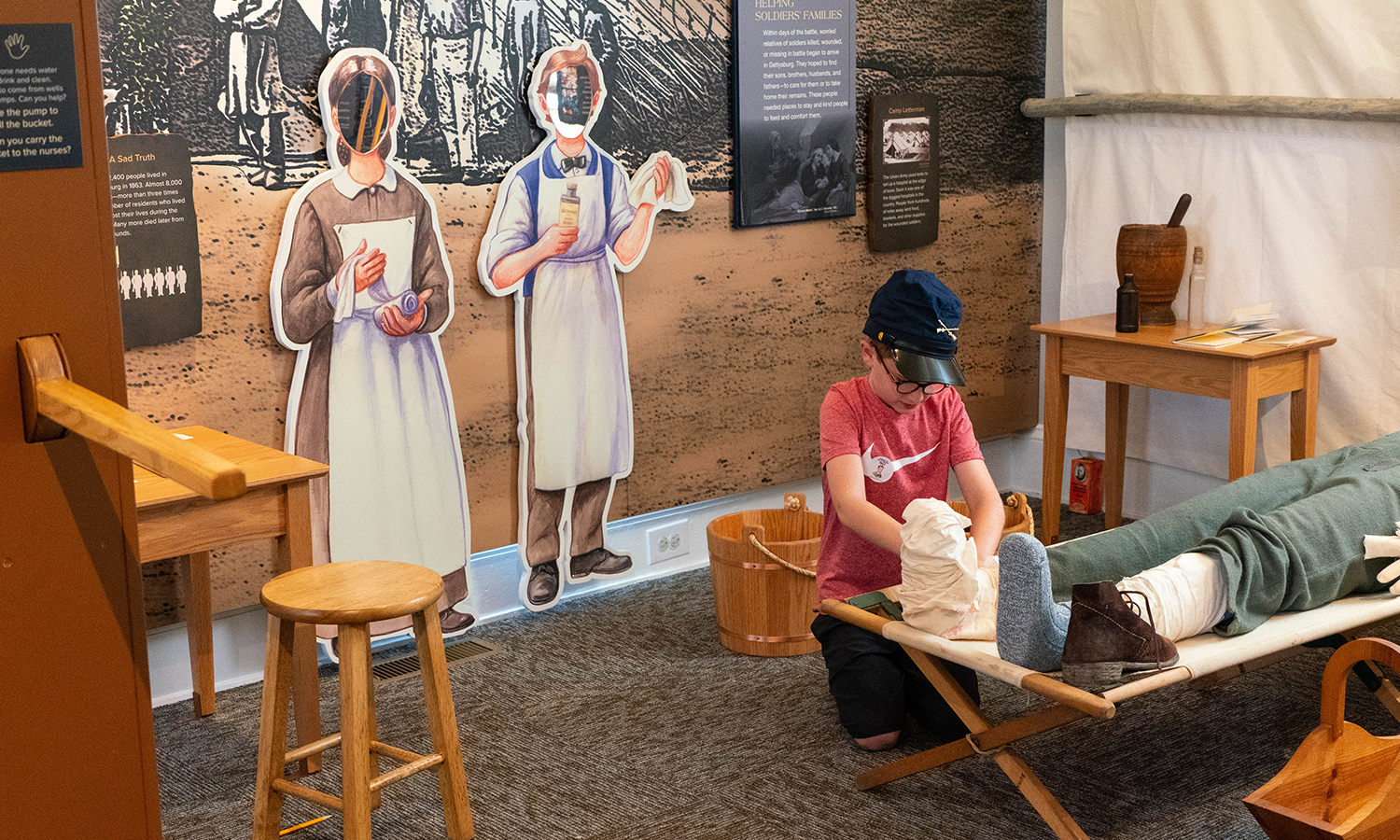
Visitors are introduced to six local children from 1863—all real figures who left behind documentation of their wartime experience—and can follow their stories throughout the exhibit. Each room has its own focus (i.e. childhood, surviving the battle, remembering the war) and a scavenger hunt guides visitors through the house.

The topic seems a bit heavy for my almost-three-year-old, but I think it’s valuable to expose children to historic sites, museums, and other cultural experiences at a young age. My son certainly enjoyed his time trying on replica period clothes, drawing on a chalkboard, and banging a drum even if the bigger message about living through a Civil War was lost on him. He ran about five laps through the museum before we escorted him onto our next stop. In fact, he had such a wonderful time touching everything that I’m worried he may think all museums are so interactive.
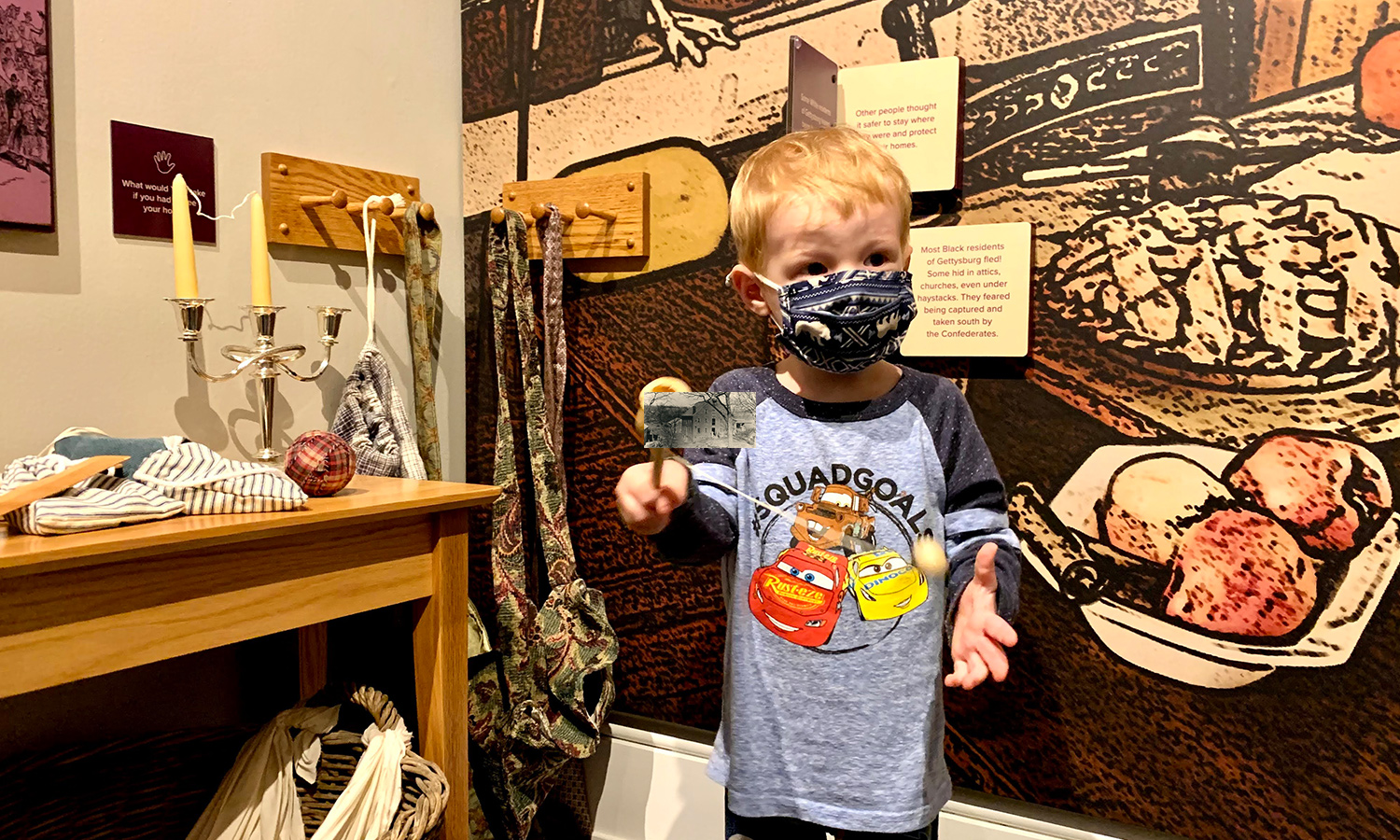
Because we were squeezing three historic sites into one day, we didn’t even attempt the self-guided driving tour or partake in the Foundation’s bus tours. Next time we’re in the area I’d like to make a stop at Gettysburg National Cemetery and the George Spangler Farm & Field Hospital, which hosts family days throughout the year. I’d also love to explore the Seminary Ridge Museum and Education Center.

On the drive home, I couldn’t help but think about the soldiers who executed military strategy, the children who witnessed it, and the workers who kept things running. There is still a lot to learn, and I’m grateful to live nearby so many historic sites that shed light on the human element of the conflict.
Lead Photo: Photo courtesy of the Gettysburg Foundation
About the Author
Auni Gelles
Auni Gelles is a public historian, ice cream enthusiast, and mom to an energetic toddler. A Seattle native, she has lived in Baltimore for 10+ years. Follow her at@aunigelles.

